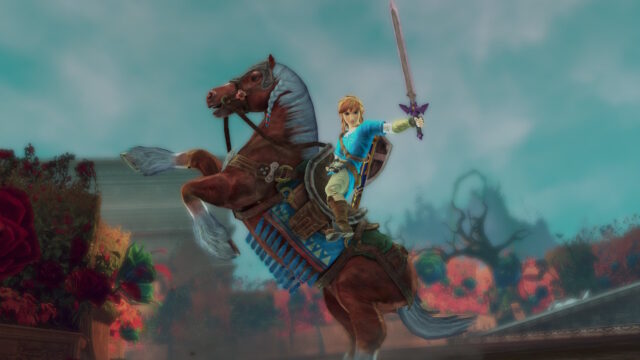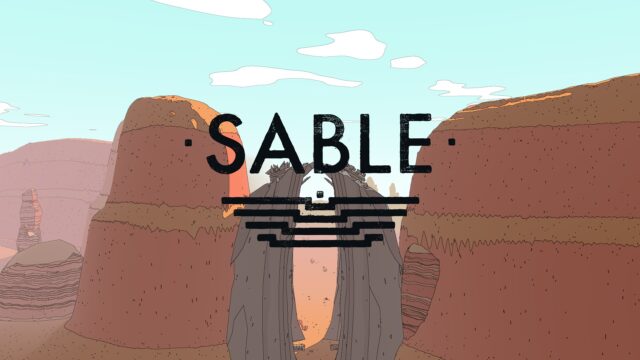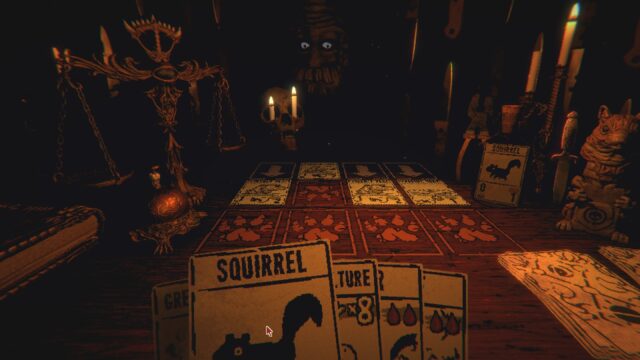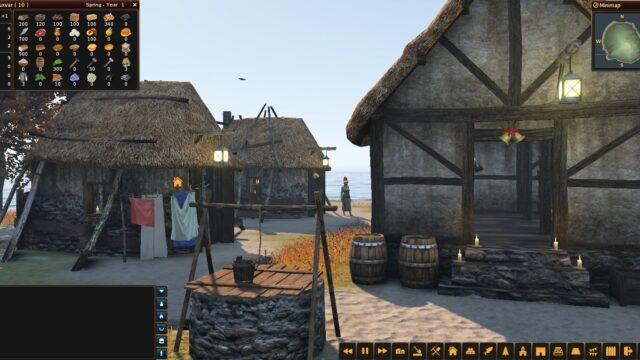Victor Vran Review

Victor Vran could easily be labeled as “Diablo for the poor”. It’s very similar in almost everything. The plot is cardboard, only without high-budget videos, all around are dark gloomy locations illuminated by colorful spells, only without Blizzard’s shine, the slot machine in the games is identical, only Victor’s is not as generous.
What sets VV apart from Diablo and the rest is its mechanics.
While every other RPG is busy borrowing from MMOs, Victor Vran goes against the grain and draws inspiration from arcade games. Suddenly, instead of mindlessly clicking on everything in sight, mixed with online combo “1-1-3-4-2-Q-repeat” and sprinkled with a random number generator, we dash through maps, dodging fireballs manually and delivering honest critical headshots.
Defense in Victor Vran is not so much a combination of level and bountiful artifacts, but rather dexterity of the hands. It’s not immediately apparent from the starting locations, but different strafes and jumps are not just there for show. Somewhere around the second hour, it becomes obvious that you simply can’t greet every incoming attack face-on. Potions have cooldowns, defensive runes too, and those zombie-skeletons, well, you have to somehow get through them. And it’s clear that sitting back for a minute after each skirmish brings no joy. You involuntarily remember that Victor knows somersaults with jumps, and you start getting into bullet-hell dances.
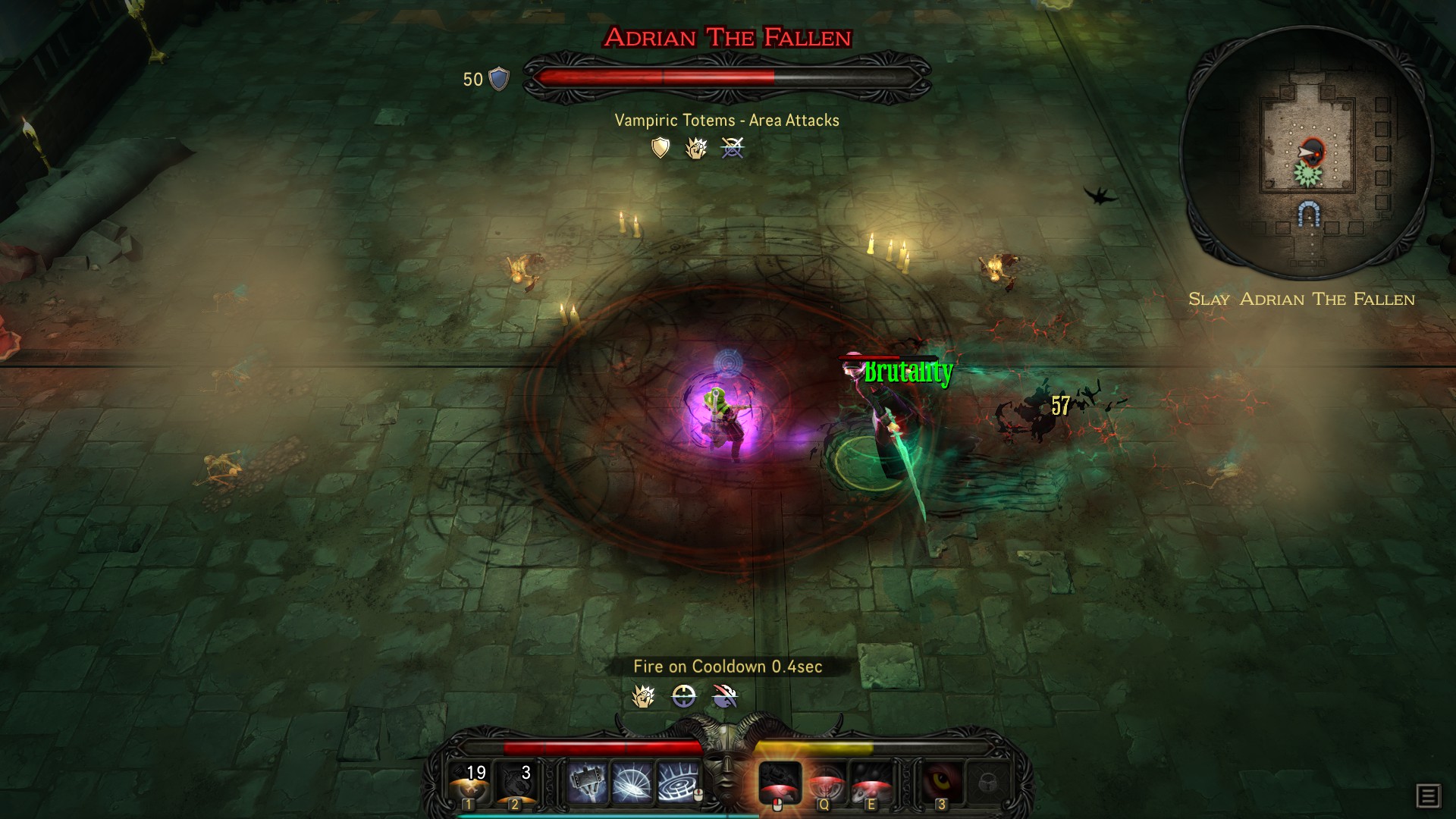
With the attack, it’s the same story. Getting pumped up and finding a more powerful gun is only half the battle. Then you have to forget about having the most powerful sword and shotguns not being in favor right now. The joke is that the aforementioned sword and shotgun will be equipped simultaneously, switching between close combat and shooting with just one click, and for a fun game, you need to learn quick changes in combat order and tactics.
At first, VV plays like your Diablo 3, even though Vitya takes movement commands not from the mouse, but from WASD. Here, you block with a sword, there you cast a spell, and everything goes smoothly. But later on, it turns out that, let’s say, clicking on some monsters is not impossible, but very tedious.
What’s in the game and how it works will be explained to you by the first flying ghost that comes along. A good fight with a ghost is to dodge its ram (although, it seems, what can a ghost ram you with?), give Vitya an accelerating area shot, quickly reach the opponent, switch to close combat weapons, and quickly slice up the enemy while they aim for a second attack. If desired, you can squeeze some magic into the combination.
In short, the local dances on the screen increase the character’s resilience and striking ability threefold. It feels like our old good action-RPG has been put on tough steroids.

Even familiar role-playing trash like +2 axes is served with a special sauce. Different equipment works very differently: a sturdy hammer will differ from any other not only in animations and attack speed specified in the characteristics, but also in a set of special moves, and in general it will be played in its own way. Our guns, on the other hand, are a small miracle. Surprisingly, but in VV such FPS archetypes as shaft, shotgun, and rocket launcher are quite naturally represented. What’s even cooler, the VV shaft can duplicate the alternative firing mode of the pulse gun from Unreal Tournament. Well, when was the time when a ball lightning was released, which could then be “pierced” with a subsequent area attack.
You chop monsters with such happiness, you remember Crimsonland and marvel at how it all works in action-RPG.
The game developers also succeeded in magical amulets and local collectible cards. The first ones have risen from passive helpers of the dominator to, uh, real magical artifacts that give the power to freeze everyone in a row and generate diamond shields. Now the standard “+80 critical damage” is provided by cards. Vitya can collect a hand of various bonuses; the munchkinism is limited by slots for active cards and their total specific power. You will have to tinker a little with finding a good combination, and again, you have to work with the cards that came to hand. And then there are the universally beloved shiny versions of ordinary cards, with their own separate bonuses. Well, how can you miss such fashionable wealth?
The cherry on the collector’s cake is amulets with curses. In Victor Vran, curses are called separate activatable trinkets that affect the overall difficulty level of the game. For example, when one of the curses is activated, monsters become thicker, but the number of dropped loot increases. With the help of these trinkets, you can customize our action-RPG to your taste: your humble servant, for example, was immensely pleased with additional random mini-bosses and increased damage.
If you take a step back from the monitor, take a deep breath and reflect, then VV actually works on classic mechanics. So what if they cleverly hid super-attacks and magic in equipment, rebalanced area attacks, and successfully squeezed another Gotta Cath ‘Em All tarot into the project? And look, our familiar but unusually shaken cocktail suddenly feels fresh.

Truth be told, for some reason Victor Vran doesn’t immediately reach and maintain cruising speed. For the first couple of hours, following a long-standing tradition, Vitya gradually brings together all the aforementioned gameplay elements, entertaining the gamer with challenges that are not particularly inspiring in terms of difficulty and hidden chests with often unexciting treasures scattered throughout the locations.
No, seriously. What do we love about our RPG chests? We love the lottery and we love finding hidden loot, knowing that in this case the chances of getting cool gear are significantly higher than usual. Or at least slightly more powerful than the standard decent equipment. The aforementioned golden rule doesn’t work with Vitya. The game hands out junk in such large quantities that you start to wonder if there’s a freemium option with paid treasures hidden somewhere in the client.
Once you’ve mastered all the starting tricks, Vitya comes alive, but only if he has someone to dance with. It’s boring to mow down standard Skeletons, Fat Skeletons, and Other Skeletons even with the local arsenal of fun. But as soon as something less trivial appears on the screen, the action starts to pick up. Boss fights, again, turn out to be quite exciting. But as soon as you wander into another passable zone, the excitement instantly disappears.
Separately, Victor Vran disappointed with its maps. Our hero can jump, bounce off walls, make forward dashes, and the developers themselves tease the player with jumps on rooftops and spectacular pikes into clouds of monsters in the same beginning of the campaign. And then it turns out that besides searching for rare secrets, these tricks are not really necessary. Where are my multi-level stages? Where are my easy arcade challenges for strafe-jumping? Where are my brawls on the edges of cliffs?
**
For a significant part of the time, Victor Vran is played with enough excitement to recommend Haemimont Games’ creation to genre enthusiasts. However, it should be noted that the author of the text grew tired of the local action not long before VV descended into the inevitable high-level grind for the genre. And here I won’t even say whether it’s good or bad.
Share
Discuss
More Reviews

